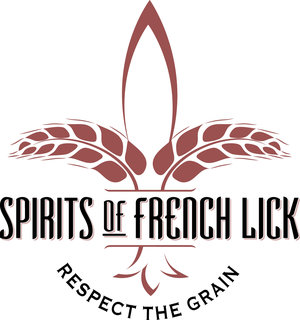
(FRENCH LICK) – Spirits of French Lick Distillery, in West Baden, brings the historic Hoosier distillation methodology of spirits to Southern Indiana.
Master Distiller, Alan Bishop, continues making award-winning, double pot-distilled spirits but with some modifications. Bishop now incorporates several production approaches that were lost from the pre-prohibition era.
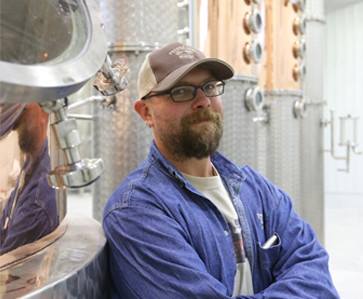
In February 2020, the distillery began propagating its own house strain of yeast. At the same time, Spirits of French Lick began propagating several historic yeast strains associated with pre-prohibition era distilleries located in Orange, Lawrence, and Washington counties. Using three historic yeast strains, Bishop explores the effect of each strain on the flavor profiles of various mash bills.
Bishop isolated the first historic strain from old wooden fermentation vats at Spring Mill State Park, in what was known as the Daisy Spring Distillery. The remains of the McCoy distillery, located at Stampers Creek in Orange County, provided the second historic strain. Bishop collected the third historic strain in the wild of Cave River Valley near Campbellsburg where the once prominent Old Clifty Distillery operated.
“These three strains are unique to Southern Indiana and the ‘Black Forrest’ region,” said Bishop. “Each of these strains allows us to recreate the terroir of our forefathers, their distilling heritage, and historical distilled spirts. The Spring Mill yeast dates back to the 1890’s and was implemented daily by Indiana’s longest-serving master distiller, William Dalton, who ran the facility for 55 years. The Spring Mill strain is rare and unique, providing a flavor that is unmistakable.”
“The McCoy yeast was revived from our home county and the storied McCoy Distillery,” he added. “The McCoys provided the foundation for our existing protocols as distillers and inspired many of our experimental distilling styles. The McCoy strain has been out of production since at least 1914 when the distillery closed in anticipation of prohibition. The yeast strain was revered by the distillers that once produced apple brandy and wheated bourbon. The Old Clifty strain ties into our apple brandy, named after the same distillery. We feel a real affinity for the Old Clifty distillery and the knowledge we gained from our research there.”
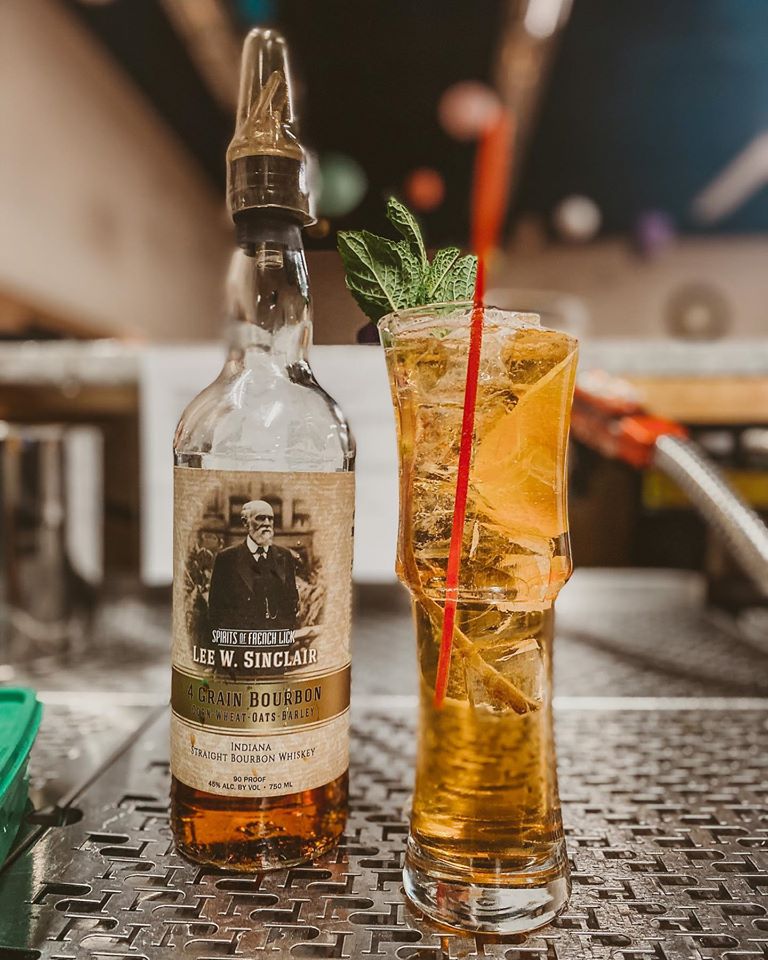
Bishop uses these three distinct yeast strains in a new program he calls “targeted single barrels”. This program meets consumer demand for single barrel selections with unique flavor profiles. “Yeast is highly underexplored as a flavor variable in the U.S., and we wanted to exploit that with this project. The goal is to produce the same great spirits we make every day but to add a variable or two we can put into the distillation process to purposefully throw off our normal profile,” says Bishop. Additionally, he plans to barrel these targeted spirits at a slightly elevated proof (118 instead of the standard 105).
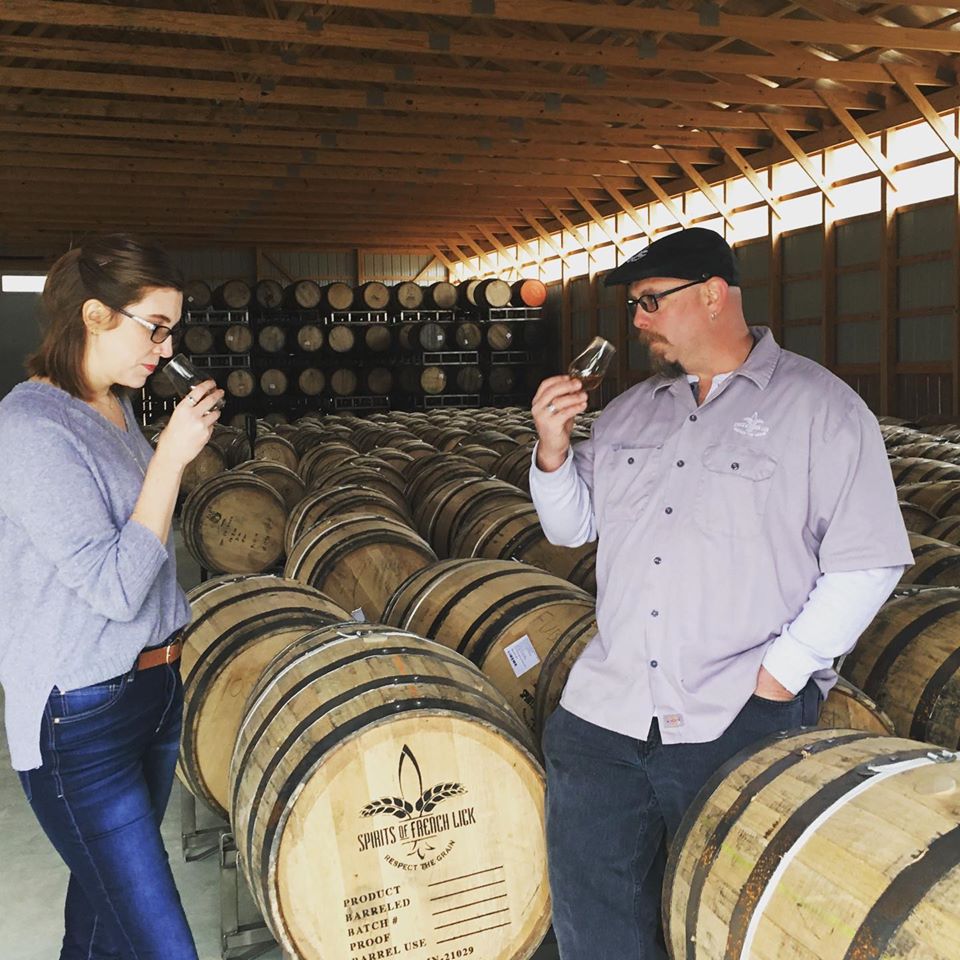
The distillery also propagates their own “house” strain of yeast-based on the microbiome created in the distillery since starting up operations in April of 2016. The distillery has been using alternative yeast varieties since its inception.
When asked what prompted the new yeast program, Bishop replied, “We decided that it was time, and we definitely did our homework first. We have always considered ourselves very involved distillers and to truly be involved in our work meant that we had to do some deep dives, particularly into what historically made distilling so interesting and practical. Keeping these strains alive and having the distillers and the yeast become co-dependent on one another, to us, means we can keep a real focus on quality. It also allows us to bring back some of the historical distilling techniques that have been lost through the years.”
The distillery is also moving away from the use of all artificial enzymes. These enzymes break down starch into sugar for the yeast to convert into CO2 and ethanol. Until post-prohibition, most distillers found these enzymes naturally in their malted grain proportions, but with the rise of industrialization, many distillers turned to enzymes derived from other sources due to their high level of efficiency.
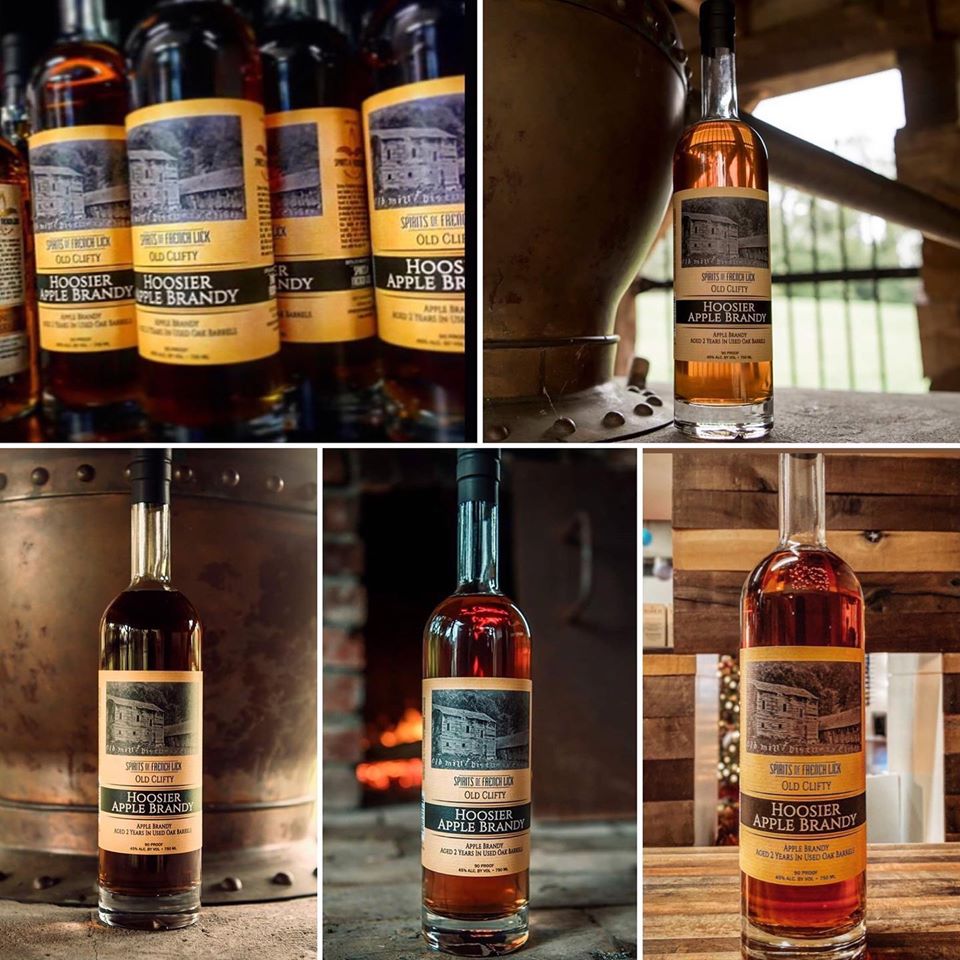
“Artificial enzymes certainly have their uses but, again, much like the yeast for us, we felt like some of this modern spirit making methodology was causing the loss of flavor and aromatics,” Bishop added. “We want to approach our distilling historically, mirroring the old Hoosier way, but with modern equipment. This allows us authenticity with an increased quality in our finished products.”



